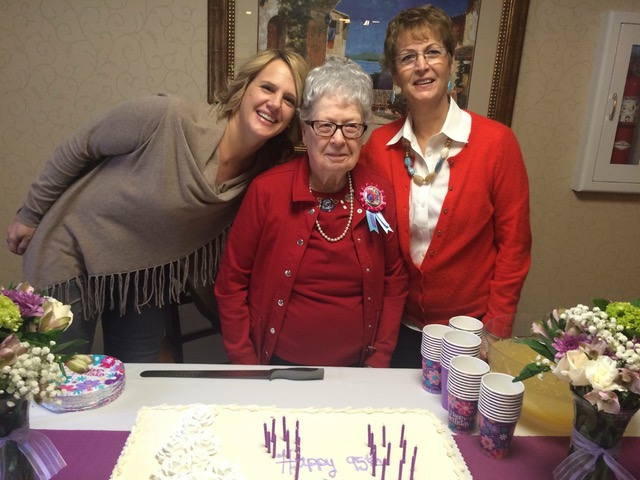Hospice care is a compassionate approach that aims to provide comfort, support, and dignity to individuals facing a terminal illness. Let’s delve into the statistics surrounding hospice care, gain a clear understanding of what it entails, and learn how to effectively prepare for this journey. According to the National Hospice and Palliative Care Organization (NHPCO), over 1.5 million people received hospice care in the United States in 2020. The average length of hospice care is approximately 24 days, although some individuals may receive care for several months. Hospice care is not limited to older adults individuals; it provides support to people of all ages facing life-limiting illnesses.
Hospice care is a comprehensive approach that focuses on enhancing the quality of life for patients and their families during the final stages of illness. The focus of hospice care is to emphasizes pain and symptom management, ensuring individuals are as comfortable as possible. Through a holistic approach, care embraces physical, emotional, and spiritual support for the patient and their families. And most importantly, a team of professionals, including doctors, nurses, social workers, counselors, and volunteers, work collaboratively to meet the unique needs of each patient and their family.
To access hospice care, as of this post, certain eligibility criteria must be met. Typically, a prognosis of six months or less is required, as certified by a physician although it can be reviewed by your medical team. Hospice care is available for a wide range of terminal illnesses, including cancer, heart disease, Alzheimer’s, and respiratory diseases. Services provided by hospice include pain management, symptom control, emotional support, medication management, and assistance with daily activities.
Preparing for hospice care is essential for both patients and their loved ones. Consider the following steps:
- Initiate open and honest conversations about end-of-life wishes, goals, and preferences with family members and healthcare providers.
- Organize important medical documents, such as advance directives, living wills, and power of attorney if you haven’t done so. And if you have, take a moment to review them with your loved ones.
- Create a comfortable and peaceful environment at home or the chosen hospice facility, ensuring it meets the individual’s needs and preferences.




